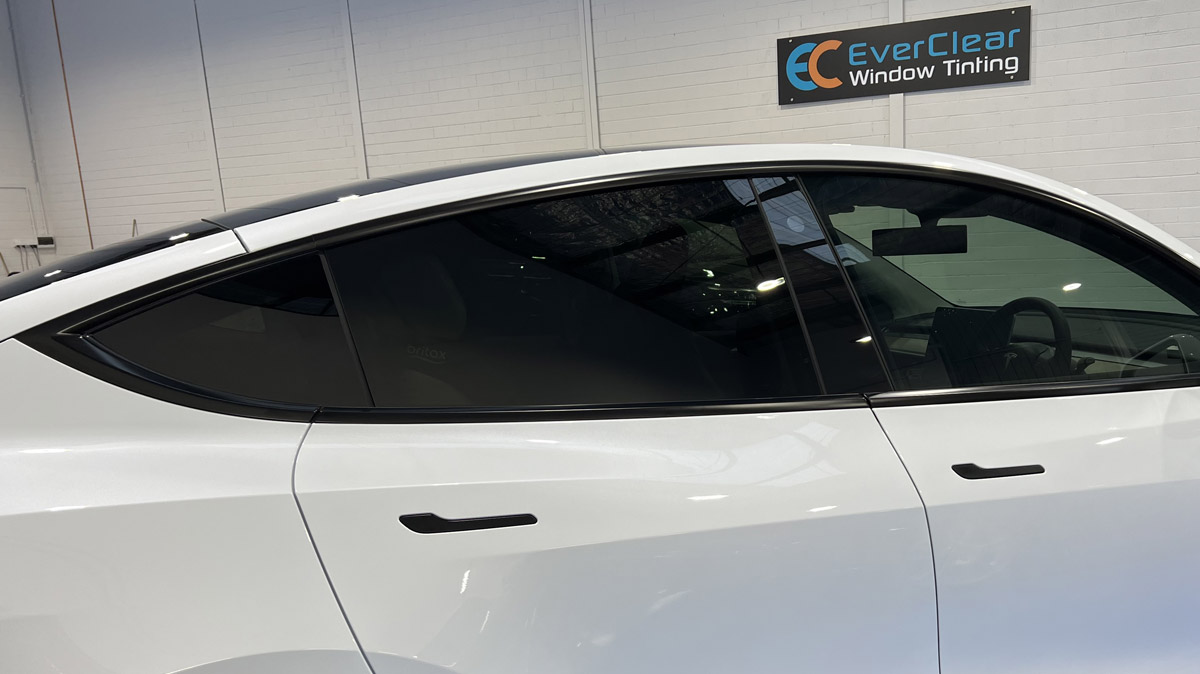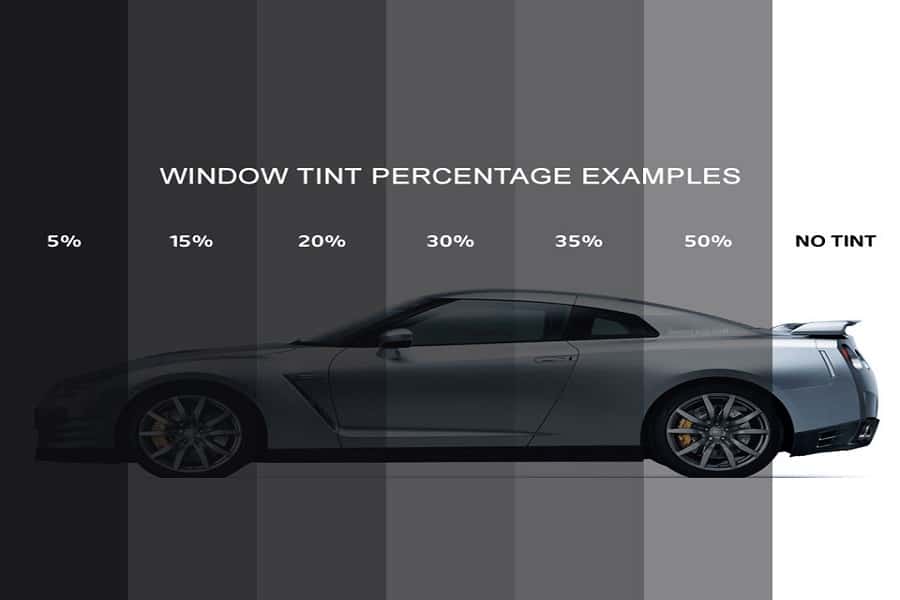Exploring the Legal Limits of Window Tinting for Cars and Homes: What You Should Know
Exploring the Legal Limits of Window Tinting for Cars and Homes: What You Should Know
Blog Article
Window Tinting Options: Discover the Right Shade for Your Style and Requirements
Picking the ideal window tint for your lorry entails a cautious factor to consider of different elements, consisting of personal appearances, useful needs, and lawful restrictions. With alternatives ranging from light tintss that use very little privacy to darker shades that boost privacy, the options can be overwhelming. window tinting. Understanding the implications of noticeable light transmission (VLT) percents and the advantages of different products is crucial in making an educated choice. As you contemplate your options, you might question how these elements interaction to create not simply an appearance, but a customized experience when driving.
Recognizing Window Tinting Degrees
When considering window tinting, it is essential to recognize the various degrees of tint offered, as they considerably influence both aesthetic appeals and capability. Window tinting is classified based upon Visible Light Transmission (VLT) percentages, which suggest the amount of light enabled to go through the glass. The VLT percent can range from extremely light (over 70%) to really dark (below 5%)
The main degrees of tint include clear, which provides UV defense without modifying exposure; light tint (over 50% VLT), which a little decreases glow while keeping visibility; medium tint (around 35% VLT), striking an equilibrium in between privacy and light transmission; and dark tint (below 20% VLT), giving significant privacy and warm decrease yet limiting outside exposure.
Recognizing these degrees is vital as they can impact driving safety, legal compliance, and personal convenience. In addition, neighborhood regulations commonly dictate allowable tint levels, differing by state or community. Therefore, before selecting a tint, it is advisable to research and guarantee adherence to these policies while thinking about individual choices for style and practical benefits.
Popular Tint Tone Explained

Among the most prominent alternatives is the classic dark tint, generally varying from 20% to 5% VLT (Noticeable Light Transmission) This shade supplies maximum personal privacy and a streamlined, sophisticated appearance. It properly blocks UV rays and warm, making it ideal for warm environments, though it might restrict visibility in the evening.
Alternatively, lighter shades such as 35% or 50% VLT supply an extra refined appearance while still providing some level of personal privacy. These tones are perfect for those seeking a balance between aesthetic appeals and capability, as they permit better exposure and conform with numerous lawful criteria.
Another emerging preference is the ceramic tint, which can be available in a range of tones - window tinting. It supplies superior heat rejection and UV protection without substantially changing the lorry's look

Lawful Laws for Window Tinting
Understanding the lawful regulations surrounding window tinting is important for automobile owners seeking to customize their autos. Each state in the U.S. has details legislations controling the darkness or lightness her explanation of window tintss, often determined by Visible Light Transmission (VLT) percent. VLT refers to the amount of light that can go through the glass and the movie integrated.
In many states, guidelines determine various VLT percentages for various windowss, consisting of front windscreens, side windowss, and back windowss. Some states might permit a color of 70% VLT for windshields while permitting darker tintss for rear windowss. Furthermore, particular states have limitations on reflective tintss, which can produce glare for various other drivers.
Failure to abide visit this site by these guidelines can cause penalties, mandated elimination of the tint, and raised insurance premiums. Automobile proprietors need to consult local laws or state DMV websites to guarantee they are within lawful limitations prior to proceeding with setup. Comprehending these policies not only assists prevent legal repercussions however likewise guarantees a safe driving experience.
Benefits of Various Tint Materials
Checking out the benefits of various tint materials exposes considerable advantages that can enhance both the capability and visual charm of a car. Each material supplies distinctive attributes suited to specific demands and choices.
Dyeded window films are prominent for their cost and ability to lower glow. They efficiently block UV rays, shielding the interior from fading, though they may not give the greatest heat rejection. Metalized films, on the other hand, deal superior warm decrease and UV defense as a result of their reflective homes. They can enhance personal privacy and protection however might interfere with digital signals.
Ceramic window films stand for a costs choice, providing phenomenal heat denial while preserving visibility. They are non-metallic, therefore staying clear of any signal disturbance, and are highly long lasting, resisting scratches and fading with time. Additionally, ceramic films do not have dyes, guaranteeing a longer-lasting look.
Lastly, hybrid films integrate elements from dyeded and metalized choices, supplying a balanced performance in regards to warmth rejection, glare reduction, and expense. Each tint product serves special objectives, allowing car proprietors to pick the very best fit for their lifestyle and aesthetic preferences, eventually improving their driving experience.
Picking the Right Tint for You
Discovering the right window tint entails considering different aspects, consisting of individual choices, lorry kind, and local regulations. Assess your personal design and wanted degree of personal privacy, as these will certainly direct your option of tint shade. Darker tintss provide enhanced privacy but might not appropriate go to this website for all motorists, specifically those that like a more open feel inside their automobile.
Following, consider your automobile type, as the shapes and size of windowss can affect the performance of specific tintss. Larger windowss might benefit from reflective tintss that reduce glow while smaller sized windowss could be a lot more fit to dyeded films that provide subtle aesthetics.
Additionally, it's crucial to examine regional regulations pertaining to window tinting. Several states impose constraints on the permitted darkness and reflectivity, specifically for front windowss. Conformity with these laws is necessary to prevent fines and make sure safety.
Last but not least, assess the tint product that finest matches your needs. Choices consist of dyeded, metalized, ceramic, and crossbreed films, each offering distinct advantages relating to warm denial, UV protection, and resilience. By considering these factors, you can with confidence choose a home window tint that lines up with your design and functional demands.
Verdict
Finally, choosing the suitable window tint requires careful consideration of different variables, consisting of VLT portions, local guidelines, and the preferred aesthetic. Different tint materials use one-of-a-kind benefits that can enhance car convenience and defense. By extensively understanding the available options and aligning them with private choices and functional demands, one can attain an optimal equilibrium in between design and capability in window tinting selections.
Picking the ideal window tint for your automobile includes a careful consideration of various factors, including personal looks, practical demands, and legal restrictions. Each state in the U.S. has specific regulations controling the darkness or agility of window tintss, often gauged by Visible Light Transmission (VLT) portion. Some states may allow a tint of 70% VLT for windscreens while allowing darker tintss for back windowss.Discovering the right window tint includes thinking about various factors, consisting of personal preferences, automobile kind, and regional laws.In conclusion, choosing the ideal window tint requires careful consideration of numerous aspects, consisting of VLT portions, regional regulations, and the desired visual.
Report this page